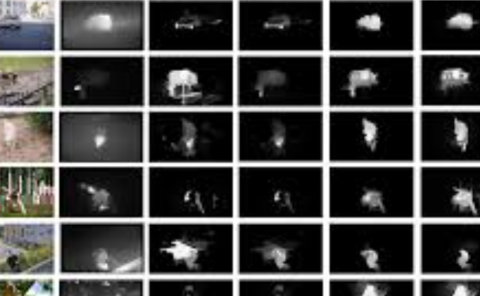Redirected Walking using Noisy Galvanic Vestibular Stimulation
PubDate: November 2021
Teams: The University of Tokyo
Writers: Keigo Matsumoto; Kazuma Aoyama; Takuji Narumi; Hideaki Kuzuoka
PDF: Redirected Walking using Noisy Galvanic Vestibular Stimulation

Abstract
In this study, considering the characteristics of multisensory integration, we examined a method for improving redirected walking (RDW) by adding noise to the vestibular system to reduce the effects of vestibular inputs on self-motion perception. In RDW, the contradiction between vestibular inputs and visual sensations may make users notice the RDW manipulation, resulting in discomfort throughout the experience. Because humans integrate multisensory information by considering the reliability of each modality, by reducing the effects of vestibular inputs on self-motion perception, it is possible to suppress awareness of and discomfort during RDW manipulation and improve the effectiveness of the manipulation. Therefore, we hypothesized that adding noise to the vestibular inputs would reduce the reliability of the vestibular sensations and enhances the effectiveness of RDW by improving the relative reliability of vision. In this study, we used noisy galvanic vestibular stimulation (GVS) to reduce the reliability of vestibular inputs. GVS is a method of stimulating vestibular organs and nerves by applying small electrical currents to the bilateral mastoid. To reduce the reliability of vestibular inputs, we employed noisy GVS whose current pattern is white noise. We experimented with comparing the threshold of curvature gains between noisy GVS conditions and a control condition.


